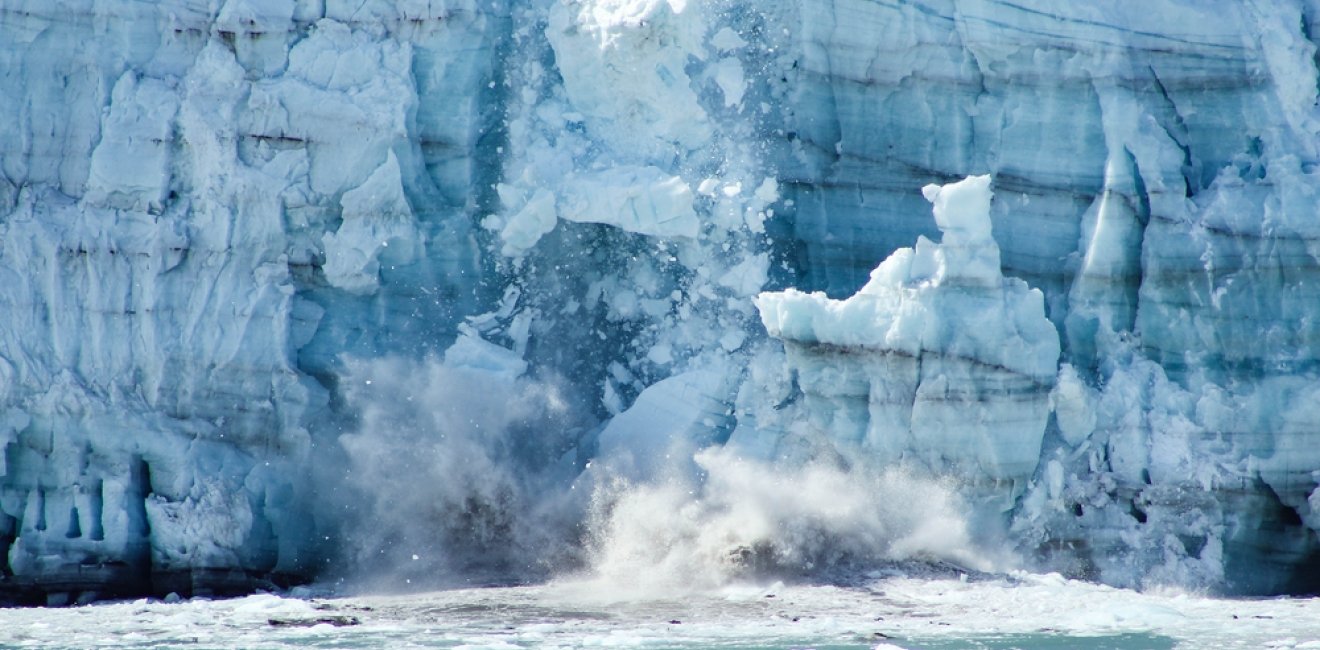
A blog of the Wilson Center

Melting Arctic Sea Ice Does Not Itself Raise Sea Levels. But…
For all the recent headlines on climate extremes across the United States and Europe, climate change is significantly more dramatic in the Arctic. Several recent studies suggest that the Arctic is warming at nearly four times the average global rate; Alaska, of which roughly a third is above the Arctic Circle, is warming more than twice as fast as the contiguous United States.
It’s only natural to link melting sea ice to rising sea levels. In fact, while melting sea ice is certainly a visible sign of dramatic warming, the far greater impact arises from how increasing temperatures affect glacial ice sheets. As glaciers melt, that water runoff raises sea levels. The warmer water then expands (due to thermal expansion, as warmer water is more voluminous) and melts floating ice shelves. With the immense volumes of the Antarctic Ice Sheet and Greenlandic Ice Sheet, the Polar Regions hold significant risk in this regard.
NOAA’s 2022 Sea Level Rise Technical Report suggests that sea levels could rise as much as seven feet by 2050 unless more is done to curb future emissions. Given the extra risks posed by warming in the Arctic and Antarctic, it’s hard to overstate the imperative for protecting those environments. Otherwise, the catastrophic effects of weather events like Typhoon Merbok in western Alaska this past week may eventually extend well beyond the Arctic to places like our eastern seaboard.
Author

Explore More in Stubborn Things
Browse Stubborn Things
Spying on Poachers

China and the Chocolate Factory

India: Economic Growth, Environmental Realities
